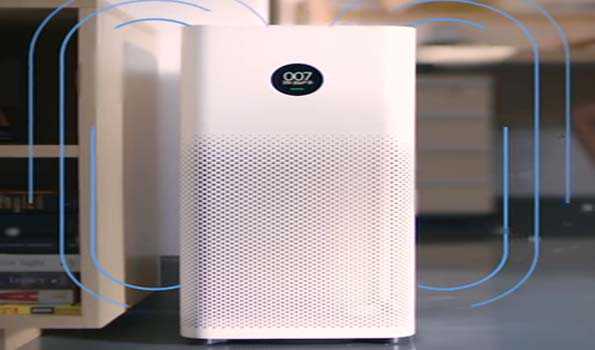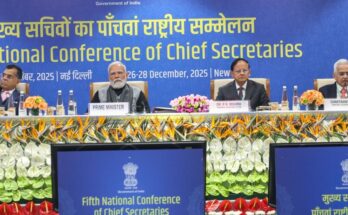Indian residential air purifiers market is projected to grow at a CAGR of more than 29 per cent from the current level of USD 14.14 million to USD 38.99 million in 2023, backed by rapid urbanisation, increasing purchasing power, expanding urban population and deteriorating air quality, according to an ASSOCHAM-TechSci Research joint study.
Some of the other key factors expected to drive the market are growing technological advancements, aggressive marketing strategies by air purifier companies, increasing incidences of airborne diseases and aspiration to lead a healthier lifestyle are anticipated to boost demand for air purifiers in India, noted ASSOCHAM-TechSci Research on ‘Bio Medical Waste & air pollution’.
The residential sector accounted for a revenue share of around 22 per cent in the overall India air purifiers market in 2017, on account of increasing airborne disease in the country, due to rising air pollution.
Rising air pollution, both outdoor as well as indoor, is solely responsible for increasing the number of asthma and chronic obstructive pulmonary disease (COPD) patients resulting in a significant opportunity for air purifiers in the residential sector.
The presence of high concentration of PM2.5 and PM10 in the air leads to high pollution levels in northern parts of India, especially Delhi NCR, which is among the most polluted regions in the country. As a result, demand for residential air purifiers from northern India is increasing.
In 2017, industrial air filters market stood at USD 293.27 million and is forecast to grow at a CAGR of 6.07 per cent to cross USD 392.63 million by 2023. Also, the need for frequent replacement of air filters in the construction sector is spurring demand for air filters, noted the joint study.
Sales of heating, ventilation, and air conditioning (HVAC) air filter segment witnessed high penetration in commercial sector in comparison to residential sector, thereby fuelling air filters market in India.
Increasing construction activities including the establishment of buildings and townships in tier II cities, such as Varanasi, Amritsar and Ludhiana are deteriorating the air quality in these regions, thus demand for air purifiers is anticipated to grow at a robust pace from these regions in the coming years, said the study.
Air pollution has become one of the biggest challenges for both developed economies. It’s even threatening the existence of the human race due to its effects like global warming and acid rain.
Developing countries like India and China in Asia and the African continent will continue to contribute to a growing load of carbon emissions across the world. Thus, it becomes evident that both developed and developing economies need to come together on a common platform and join hands to fight this menace. Moreover, exchange of clean technologies from the developed world needs to be increased.
Air purifier industry to touch USD 38.99 million by 2023: Study




